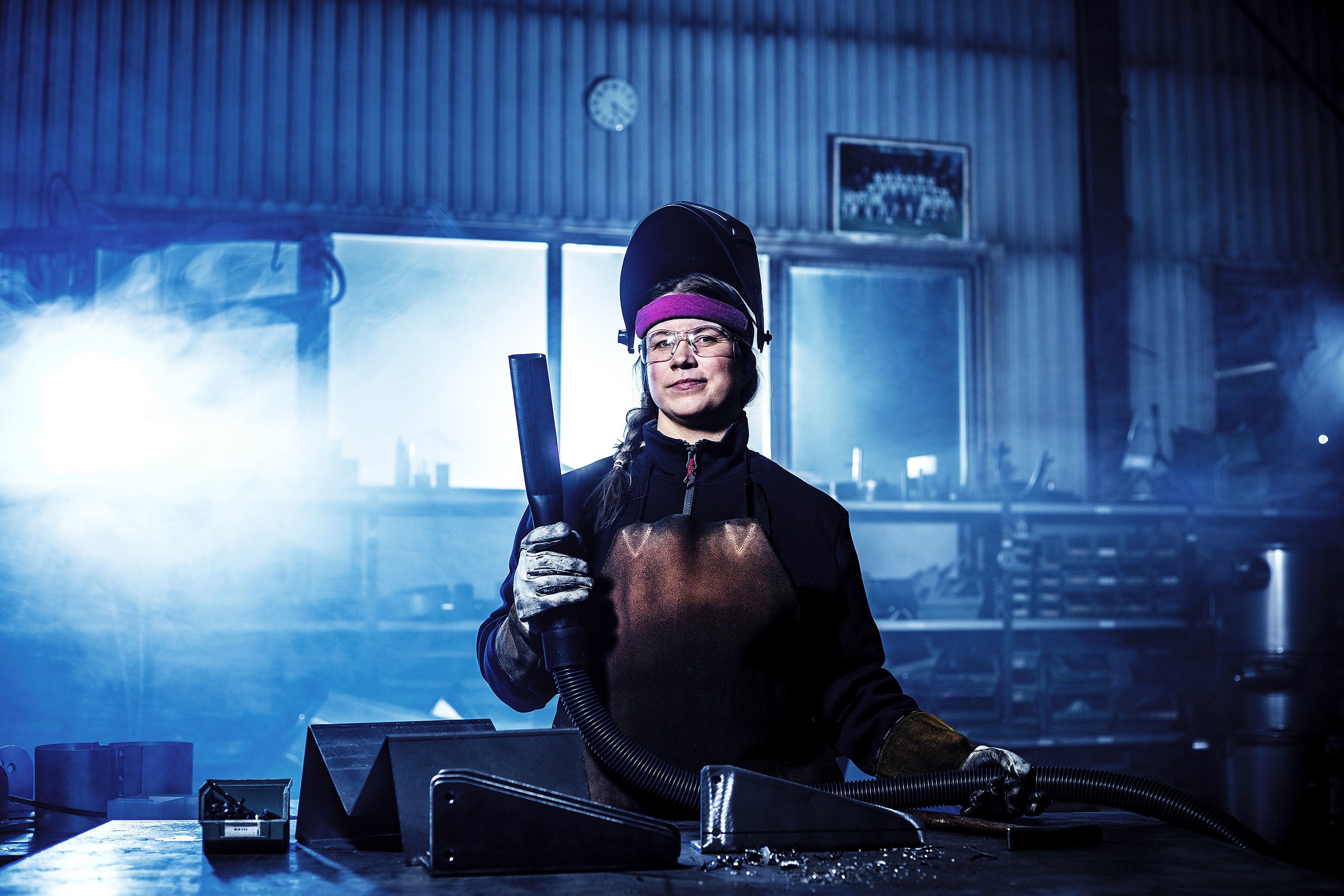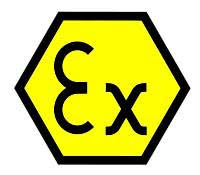If physical concerns over product quality and environmental health are not enough, external pressures from COSHH and the recent ATEX regulations only go to build on the burden of having to maintain clean and healthy workplaces.
The decision to ignore dust in ATEX environments can have severe consequences, with one of the worst-case scenarios being an explosion. Dust explosions occur when combustible dust is mixed with air or oxygen and is ignited. For this to happen, the dust must occur in sufficiently large concentrations. Almost all flammable substances that arise as a result of, or that are used during industrial manufacturing, are combustible and can cause explosions under certain conditions. Examples of such substances include coal, flour, cereals, wood, cotton, and certain plastics.
The association of dust and explosions isn't well recognised. Fuels, wood and solvents are universally known for the dangers they pose if exposed to certain conditions. Everyone knows to put sufficient procedures in place if handling clearly explosive materials – you wouldn't wave an open flame near a can of petrol, for instance. With dust, however, the major issue is the fact that the majority of people associate it as merely a household nuisance, to be combatted with a feather duster and a can of spray polish. This harmless image is one of the biggest problems when it comes to changing people's perceptions.
The explosive nature of dust lies in its large surface area. With gases and liquids, they only burn at the surface when the substance reacts with oxygen. What many fail to realise, is that despite its relative size, dust has a large surface area too. A large spherical object would have a surface area limited to its size. However, if this spherical object were then broken down into dust particles, the surface area would be multiplied many times over. This much larger surface area combined with the small mass of a dust particle, means that the substance burns extremely quickly and with very little energy required. In a confined space, with dust suspended in the air, this explosive mix can be strong enough to demolish buildings and cause a serious threat to the health of anyone in close proximity.
Another major risk posed by dust is that of secondary explosions, which is where an initial blast disturbs accumulated dust in a plant, forcing it into the air, igniting it, and creating a more potent explosion. Unlike a gas or vapour, which burns itself out following the initial flare, dust can remain present in the atmosphere in fine particles, which then resettle to reform as a combustible that still poses a threat. It is this risk that often leads to even greater damage as secondary dust explosions can rip through buildings with ease.
So, how can the accumulation of dust and particulate waste be prevented in ATEX environments? Whilst it may seem that air cleaning through large-scale ventilation is a primary option, many businesses could drastically improve their facilities through on-tool extraction directly at the source of the problem. This involves the use of high vac systems to transport the waste to a centralised location for easy disposal or to intermediate pre-separators for potential recycling.
A major benefit of a good high vac system is that it can also be used for general clean up as an 'in-house' vacuum, negating the need for both sweeping (which creates an enormous amount of hazardous airborne dust in itself) and mobile vacuums. Whilst mobile units can work in certain situations, they can easily fall foul of poor maintenance, are often fitted with unsuitable filtration quality, and can cause trip hazards or manual handling issues.
With COSHH stating that the primary method of dust removal should be at its source and the fact that a proper in-house cleaning schedule could actually reduce or eliminate the requirement for ATEX zoning, it is no wonder that leading companies in many industries are now adopting high vac solutions.
James Miller, Director at Dustcontrol UK
James Miller, Director at Dustcontrol UK
Typical industry sectors using high vac systems include aircraft manufacturers, automotive manufacturers, body shop repair firms, wind turbine manufacturers, pharmaceutical companies, electronics manufacturers, and the food industry.
People are realising that, rather than being a capital cost problem, an integrated dust extraction system can really help their business move forward unhindered through the reduction of health, working practice and quality issues. A clean environment and healthy staff will reap benefits of reduced sickness costs and project a better profile to customers.
 United Kingdom
United Kingdom  Sverige
Sverige  Deutschland
Deutschland  Suomi
Suomi  Austria
Austria  United States
United States  .com
.com  France
France 


 01327 858002
01327 858002
